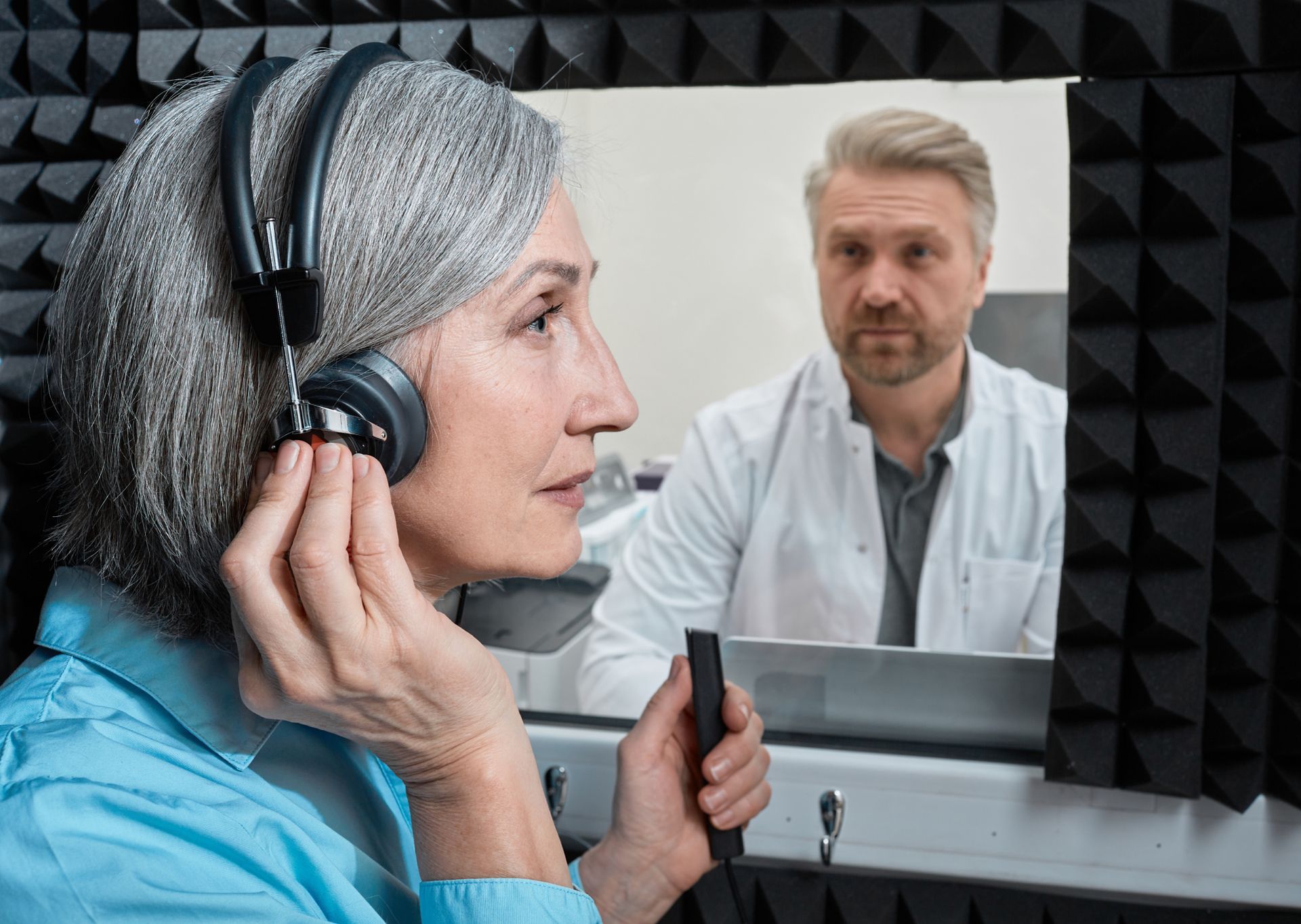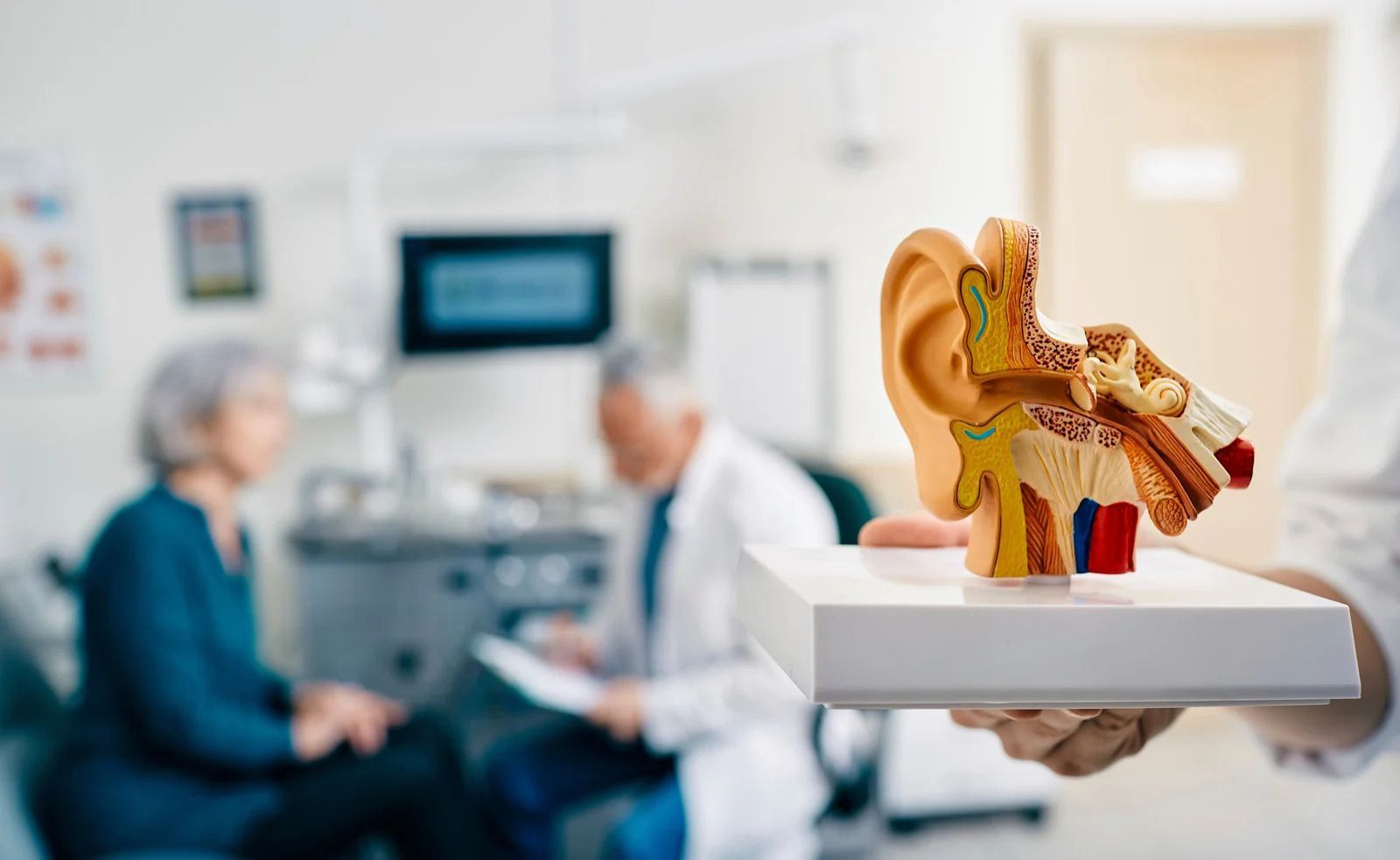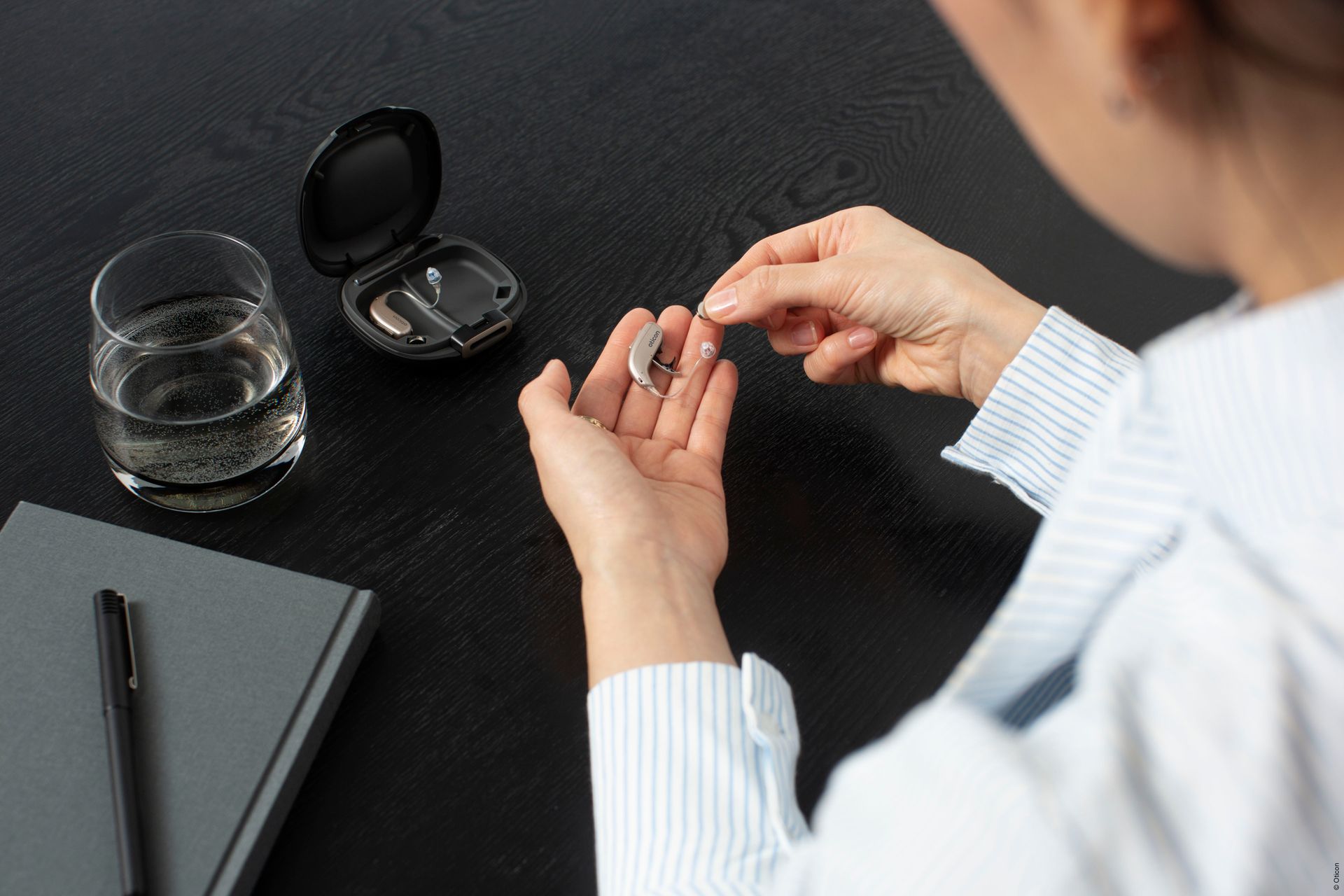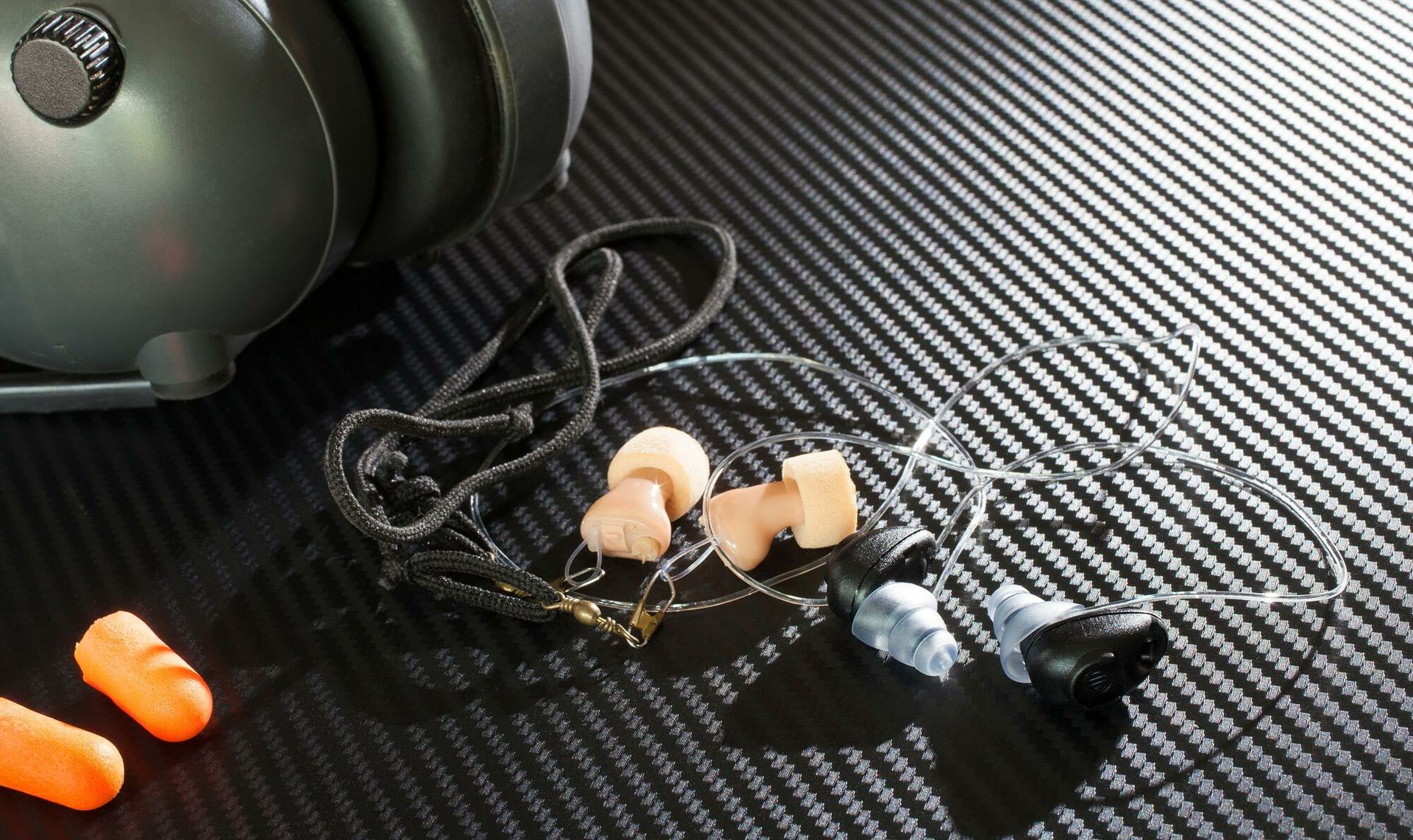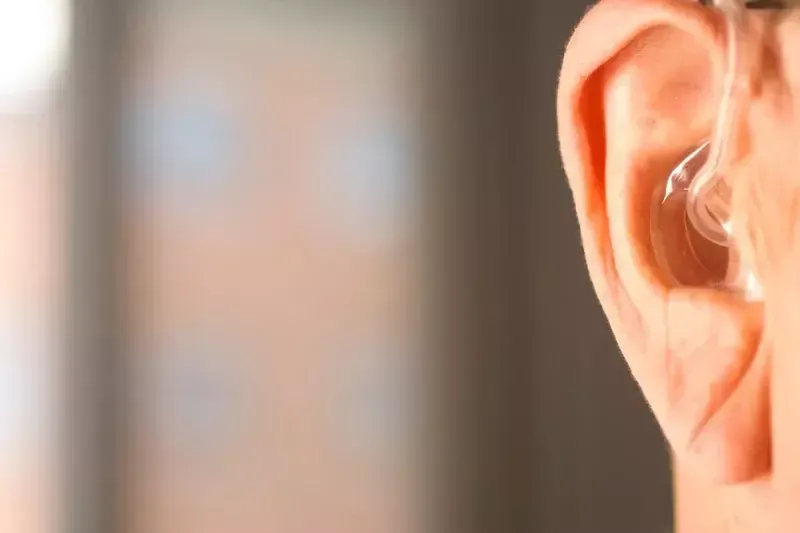Types of Ear Plugs: Disposable vs. Customizable – Which is Right for You?
Noise-induced hearing loss is one of the most preventable yet common health issues in Canada. From noisy workplaces to concerts, even the everyday environments we all live in can damage hearing if not properly protected. The right ear plugs protect your ears and improve comfort in loud settings, begging the question…which ones are the right ones?
Audiology First specializes in helping Canadians choose the right hearing protection based on lifestyle, comfort needs, and budget. For most people, the choice comes down to two types of ear plugs: disposable or custom-molded options. Let’s compare these different ear plug types so you are prepared to make an informed choice.
Understanding Disposable Ear Plugs
Foam Ear Plugs
These are the most common types of ear plugs. Foam plugs expand inside the ear canal to create a snug seal. When inserted correctly (by rolling the foam thin and letting it expand) they offer strong noise reduction, often resulting in a high Noise Reduction Rating (NRR).
Pre-Molded Silicone Plugs
These reusable plugs are pre-shaped for quick insertion. They can be cleaned and reused, making them more durable than foam. The tradeoff, though, is that they may not fit every ear canal as precisely.
Wax and Putty Options
Moldable wax or putty plugs shape directly to the outer ear. They’re comfortable for sleeping or activities like swimming, but usually limited to single or short-term use.
Cost Considerations
Disposables are inexpensive, especially in bulk, but frequent users may find that costs start to add up. For travel, concerts, or occasional noise exposure, they remain practical and affordable options.
Audiology First’s Disposable Selection
While we don’t offer foam or disposable plugs in our clinic, we want you to know they are a perfectly valid option for occasional use. If you choose this route, make sure you’re inserting them properly to get the full benefit.
Custom-Molded Ear Plugs Explained
Professional Fitting Process
Audiology First creates custom hearing protection using Otoscan 3D ear imaging technology, which allows for a precise and comfortable fit without traditional impression material. Custom plugs require an audiologist appointment, after which a lab manufactures plugs tailored to your ear canal. A final fitting ensures both comfort and seal.
Material Options
They can be made from medical-grade silicone, vinyl, or acrylic, chosen based on flexibility and durability, depending on your needs (which an audiologist can help you determine).
Specialized Applications
Custom plugs can be designed for specific uses, such as the following:
- Musicians: Volume reduction while preserving sound quality.
- Industrial Work: Heavy-duty noise protection.
- Swimming: Water-resistant plugs to prevent infections.
Longevity and Maintenance
With proper cleaning and storage, custom plugs can last several years, making them a cost-effective long-term solution.
Audiology First’s Custom Services
We offer custom ear plugs by appointment at our clinic and are happy to guide you through the process from 3D imaging to final fitting.
Comparing Comfort and Effectiveness
Fit and Seal Quality
Custom plugs excel because they’re made for your unique ear canal, while disposables may vary in performance depending on insertion and ear shape.
Noise Reduction Ratings (NRR)
Foam plugs often show high NRRs, but effectiveness depends on technique. Custom plugs deliver consistent protection thanks to their precise fit.
Comfort for Extended Wear
Disposables can cause irritation with long use. Custom plugs, shaped for your ear, remain comfortable for all-day wear.
Sound Quality Preservation
For musicians or those who need clarity, custom plugs with acoustic filters maintain sound quality. Disposables tend to muffle speech and music.
Audiology First’s Fitting Expertise
Our audiologists test for both comfort and performance to ensure maximum effectiveness.
Cost-Benefit Analysis: Types of Ear Plugs
| Factor | Disposable Ear Plugs | Custom Ear Plugs |
|---|---|---|
| Initial Investment | Low upfront; affordable in bulk | Higher upfront (professional fitting) |
| Durability | Single-use or short-term | 3-5 years with proper care |
| Comfort | Variest; may irritate over time | Personalized fit for long wear |
| Noise Protection | High if inserted correctly | Consistent and reliable |
| Long-Term Value | Costs increase with frequent use | More cost-effective for daily users |
Audiology First’s Value Guidance
Audiologist First has the team, the experience, and the resources to help clients weigh the costs, usage frequency, and comfort of different ear plug types to recommend the best option for long-term hearing health.
Choosing the Right Option for Your Lifestyle
Occasional Use Scenarios
For concerts, flights, or occasional noisy events, disposable ear plugs are practical and budget-friendly.
Regular Use Applications
Workers in noisy industries, musicians, or anyone using plugs daily will benefit most from the durability and comfort of custom-molded options.
Special Considerations
- Swimming: Custom water-resistant plugs help prevent infections.
- Sleeping: Wax or custom plugs reduce nighttime noise.
- Medical Needs: Custom plugs can be fitted to irregular ear canal shapes, for example.
Professional Recommendations
Consulting an audiologist ensures you get protection tailored to your hearing, lifestyle, and budget. Rather than guessing, it’s best to have a qualified practitioner in your corner, and that’s exactly what Audiology First provides.
Audiology First’s Personalized Approach
Audiology First provides lifestyle assessments and hearing evaluations to ensure your ear plugs support your daily needs and long-term hearing health.
The choice between disposable and custom ear plugs will depend on usage requirements, the comfort of the plugs, and your budget. Occasional users may prefer disposable plugs, while daily users could gain more from the comfort and reliability of custom options.
Want custom hearing protection made for your ears? Book a quick appointment with us and experience our Otoscan 3D ear imaging for a perfect, hassle-free fit.


